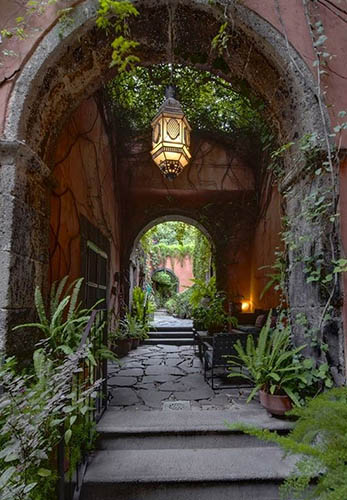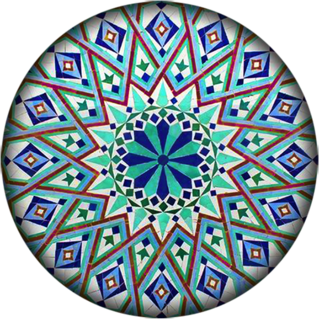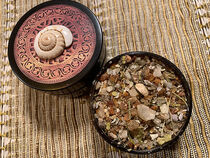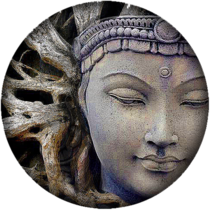Paradiso - Persian "Paradise Garden"
Hints of light fresh florals enhance the classic incense blend of Sultan’s select Green Frankincense, Yemeni Myrrh, and warm sweet Benzoin with Agarwood...
An incense created to lift one away from the blazing summer.
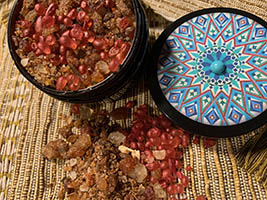
Scent Vision:
From the heat of the desert afternoon, you are drawn into an alcove with a magnificent archway leading to a walled garden. The sound of water flowing from a central fountain meets your ears and the flowering trees and plants that surround it share their shade and fragrance. You sit on a Persian tiled dais to take in the cool and dreamlike beauty of this paradise garden, a garden enclosed, apart from the harsh elements without.
There is a swinging bronze censer nearby releasing the smoke of fine classic resins and woods that you know and love. The incense mixes with the scents of the fruit trees, Pomegranate, Orange, and Cherry - and the rare flowers share their fresh and delicate scents - Rose, and night-blooming blossoms.
Not sweet, but finely aromatic. Cooling and heavenly ...
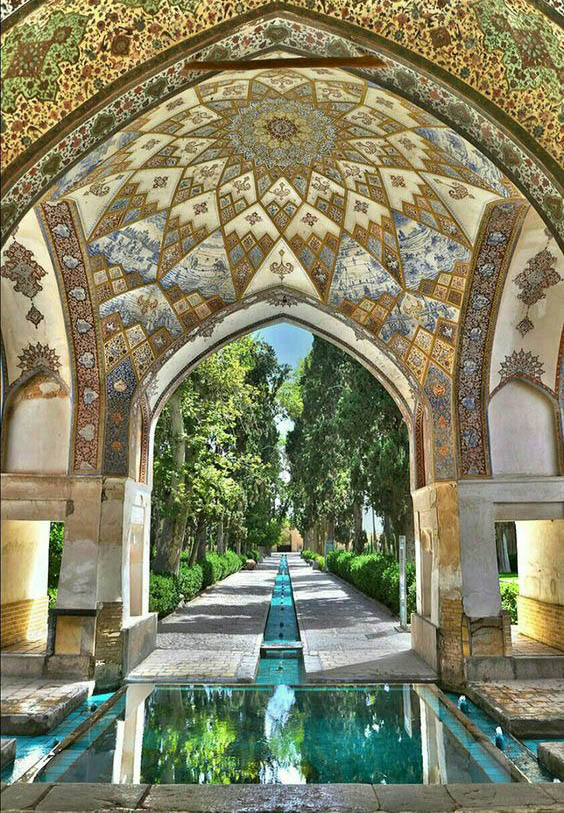
On the Paradise Garden:
A paradise garden is a form of the garden of Persian origin, specifically Achaemenid which is formal, symmetrical, and most often, enclosed. The most traditional form is a rectangular garden split into four quarters with a pond in the center, a four-fold design called chahar bagh (“four gardens”). One of the most important elements of paradise gardens is water, with ponds, canals, rills, and fountains all being common features. Scent is an essential element with fruit-bearing trees and flowers selected for their fragrance.
It is also often referred to as an Islamic garden. The form of garden spread throughout Egypt and the Mediterranean during the Muslim Arabic conquests, reaching as far as India and Spain.
The essential plan of a paradise garden is a four-fold layout (charbagh) with a pond or fountain in the center. Later designs incorporated a pavilion or mausoleum when they began to develop into elaborate status symbols. The rectangular or rectilinear design is typically quartered by water channels made using the ancient qanat system.
An important and common feature is the elaborate use of water, often in canals, ponds, or rills, sometimes in fountains, and less often in waterfalls. This created the soothing sound of running water and also had the practical purpose of cooling the air.
Aromatic flowers and fruit-bearing trees are quintessential elements. The ground where the flora were planted was sunken or the walkways raised so that passers-by would be able to easily pluck fresh fruit as they walked throughout the garden. Olive, fig, date, and pomegranate were ubiquitous and symbolically important. Orange trees arrived from India via the Silk Road by the 11th century and were incorporated for their fragrance and the beauty of their flowers.
They are typically enclosed by high walls providing shade and protection, especially desirable in the harsh, arid climate where this type of garden flourished.
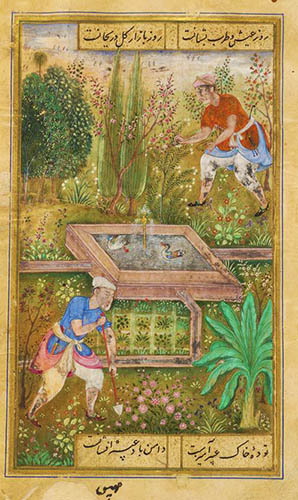
You’re a walled garden, my sister, my bride,
A hidden spring, a fountain sealed.
Your limbs are an orchard of pomegranates;
Your fruits are wondrous — henna and nard,
Nard and saffron,
Calamus, cinnamon,
Incense-bearing trees;
Myrrh and aloes,
All the best perfumes.
You’re a garden spring,
A well of fresh water,
A stream flowing down from Lebanon.
From the Song of Soloman
This price is for 1 oz in an amber jar, topped with red mastic "Pomegranate seeds", the art is inspired by a traditional Persian tile as would be seen in a Paradise Garden
